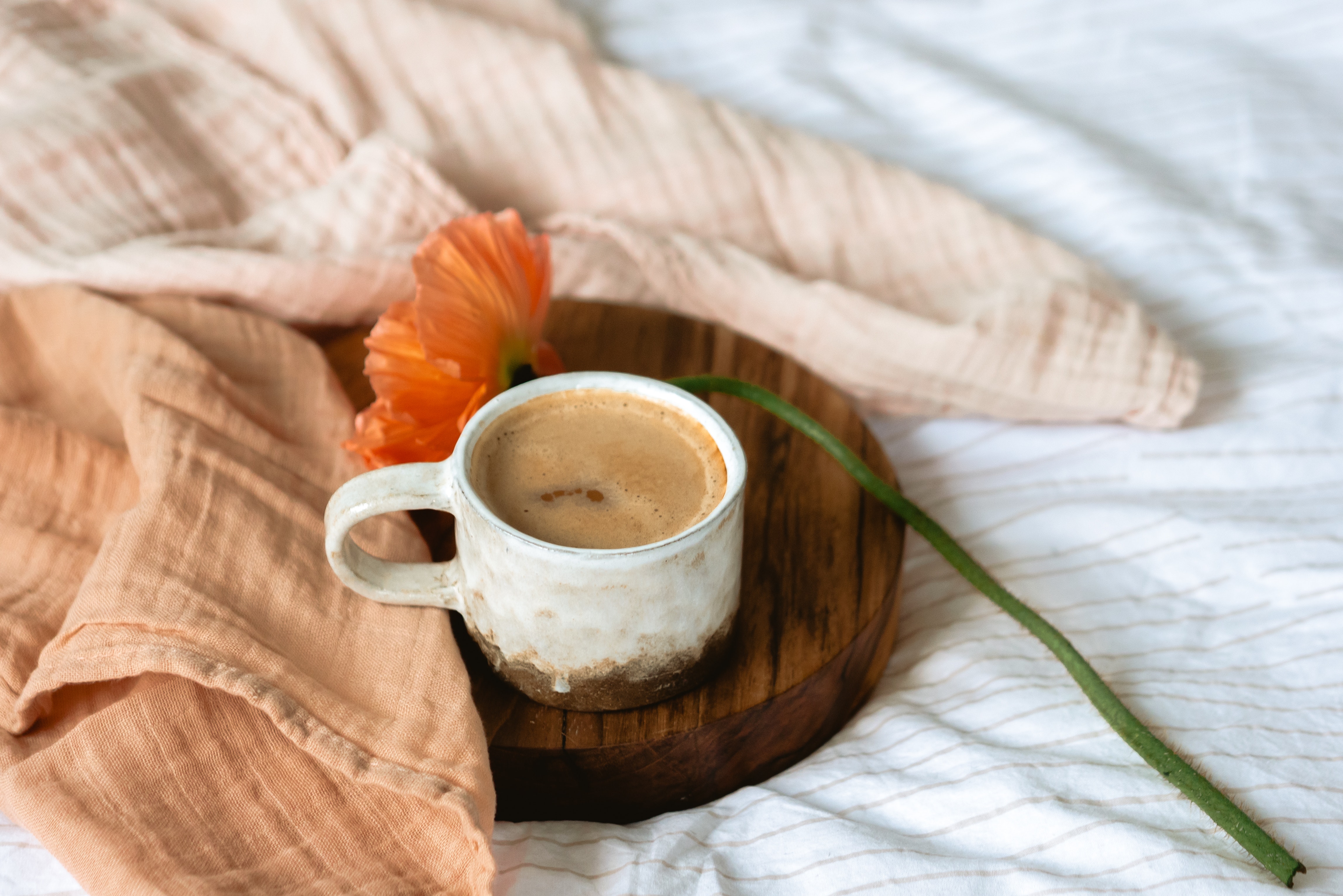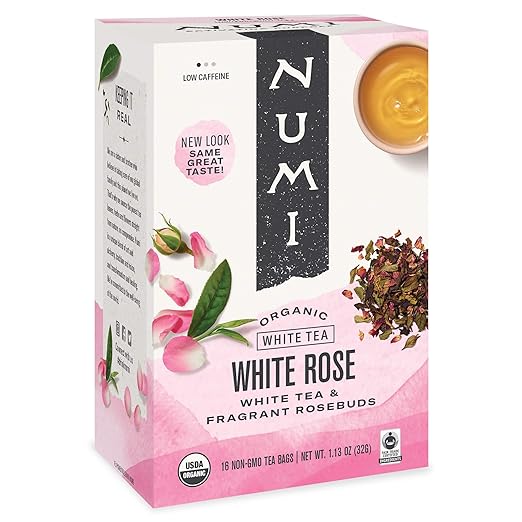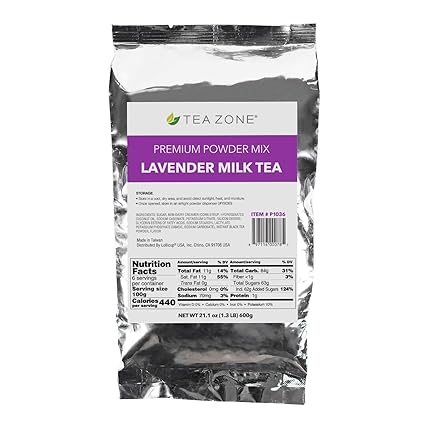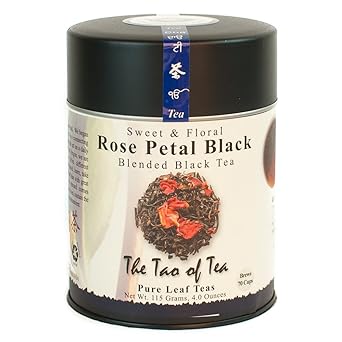I remember my first milk tea. It was in Montreal on a small side street restaurant. It was memorable to the fact I tried very hard to find the place the next two nights. At that time milk tea was rare and hardly heard of in the United States. When I returned home I still thought about that milk tea. Fast forward to today and milk tea is popular and can be found all over the world. Today almond milk is used in making milk tea and the most popular milk teas: Rose milk tea and Lavender milk tea. but there are so many more.

Milk teas
Milk teas come in a variety of forms from a variety of cultures. I still do not know the exact tea I had in Montreal. It was great. Milk teas all have two things in common:
- Milk
- Tea
Milk tea is a tea or beverage that is found in many cultures that contain milk and tea. The amounts of tea and milk vary. Some milk teas have spices and herbs added. The preparation also changes depending on the culture and the milk tea.
It’s a basic principle with a zillion (I exaggerate) options. As simple as British tea made with milk and as complex as pre-mixed milk tea.
Some examples of milk tea from around the world are:
- British tea – a simple cup of tea served with milk
- Rose milk tea – A rose syrup is used to infuse with the
black tea and milk - Bubble tea – A very popular sugary beverage made with tea, milk, honey, and tapioca. Invented in the 1980s in Taiwan.
- Burmese-style milk tea – A strong tea sweetened with no milk. Condensed milk and/or evaporated milk are used.
- Hokkaido milk tea – The Hokkaido province has a traditional milk tea made with high-quality
black tea . The tea is sweetened with caramel or brown sugar. - Cambric tea – Got its name from the fabric cambric. It is white and thin, similar to tea. The name comes from Cambrai, a French town. The beverage is a hot beverage made with water, milk, sugar, and a small amount of tea.
- Hong Kong-style milk tea – A Hong Kong tea back from British rule. Black tea is sweetened with evaporated milk.
- Lavender milk tea – Adding lavender, honey, and water to a saucepan, steep, and add some coconut milk.
- Doodh pati chai – India, Pakistan, Bangladesh, and Nepal milk tea. The name means milk and tea leaves. It’s a tea mixed with milk and sugar.
- Teh Tarik – a milk tea that is made by “pulling”. A strong brew made with
black tea and condensed milk. The national drink of Malaysia. - Suutei tsai – An interesting Mongolian blend of milk, water, salt, green tea, and millet.
- Shahi haleeb – A Yemeni milk tea. Made with
black tea , condensed or evaporated milk, sugar, cardamom, and cloves. - Okinawa milk tea – A milk tea from Okinawa Japan made with a special brown sugar full of vitamins and minerals.
- Masala chai – A spicy tea from India. Mad with a mix of water, tea leaves, milk, sugar, cardamom, black pepper, and ginger.
- Irani chai – A milk tea of Hyderabad, India. This tea has a rumor of the use of a bone powder that gives it thickness. Thick milk boiled with tea and a special tea powder added.
- Thai tea – A Southeast Asia tea made with a tea mix, milk, and sugar. Served hot and cold.
- Royal milk tea – A Japanese beverage made by the Lipton tea company in 1965. All ingredients are added at the same time and boiled down. Regular milk, sugar, and tea.
- Dalgona milk tea – A bubble tea made with milk tea sweetened with traditional Korean dalgona, a brown sugar. Several versions are available.
- Chocolate Milk Tea – Yes, chocolate milk is mixed with a strong tea.
What is milk tea made out of?
The idea around milk tea is simple and complicated. It’s milk and tea brewed together sometimes using a sweetener. The complexity of milk tea comes when several herbs are added or the addition of different types of milk. Milk comes in a variety of forms. From coconut and almond milk, evaporated and condensed milk. There’s a way to make milk tea. That way is from the culture in which it was derived. All over the world milk teas are popular but rarely the same.
Most of the teas used are stronger
The most common teas used are:
- Assam
- Ceylon
- Nilgiri
- English Breakfast
- Irish Breakfast
- Scottish Breakfast
While most teas that are used in milk tea are strong black teas the use of other teas is not always suggested. The tea needs to be strong because it will be watered down by the milk and/or ice cubes used. Teas that are green or white are not often used. There are a few milk teas that do use milder tea.
The milk used in milk tea:
- Dairy milk
- Almond milk
- Soy milk
- Coconut milk
- Condensed milk
- Evaporated milk
- Taro
Some of the kinds of milk used can double as a sweetener as well:
- Condensed milk
- Sugar
- Brown Sugar
- Honey
- Sugar alternatives
Additions are varied and wide. Spices, herbs, flowers, fruits, and the famous tapioca pearls are used in boba or bubble tea.
The benefits of milk tea?
There are many benefits to drinking tea. Add milk, spices, and herbs to the mix and you have a new beverage with more health benefits.
- Strength – The calcium in the milk within the milk tea adds strength to bones. Tough bones are harder to break.
- Antioxidants – Immune strengthening antioxidants come in every cup of tea. While there are some mixed feelings about milk taking away those superpowers. The jury is still out.
- Heart health – the teas used to make milk teas have a positive effect on heart health.
- Energy – Milk teas can contain carbohydrates that the body needs for energy.
- Stress – Milk tea can have a calming effect on the body. Milk teas can be a comfortable beverage. The caffeine helps to refresh the body and keep it moving.
- Immune support – the teas, herbs, and spices can help provide immune support to the body. Depending on the herbs and spices used. Teas can help fight against harmful free radicals.
- Mental health – An occasional milk tea or boba tea can make you smile. As a comfort food that is much healthier than a soda. Drinking boba tea can enhance your mental health.
How to make milk tea
Rose milk tea recipe
For Rose Syrup
- 1 cup Water
- 1 cup Sugar
- 1/2 cup Dried Rose Petals
For Rose Milk Tea
- 1 cup milk (I like almond milk)
- 1 Milk Water
- 2 Tea Bags
- 2 tbsp Rose Syrup
Instructions
For Rose Syrup
- Place water, sugar, and rose petals in a saucepan and bring it to boil on medium-high heat.
- Now reduce the heat to low and simmer for about 15 minutes or until sugar completely dissolves and the mixture thickens. Turn off the heat.
- Strain the syrup and discard rose petals.
- Store the syrup in a sterilized glass container/bottle in the fridge.
For Rose Milk Tea
- Bring water in a saucepan to a rolling boil and switch off the heat.
- Now add tea bags and steep for 5 minutes and discard the tea bags.
- Warm milk and foam with milk frother for 30-40 seconds
- Now mix in 1 tbsp rose syrup in each cup and add milk.
- Enjoy rose milk tea while hot.
Lavender milk tea recipe
Ingredients
- 2 cups unsweetened soy milk (or almond milk, coconut milk, etc.)
- 4 tablespoons fresh lavender buds
- 2 tablespoons local honey
Instructions
- Heat the soy milk to a simmer, be careful not to boil
- Add the lavender buds to the milk
- Let steep for 17 minutes
- Pour through a strainer into your cup
- Take the now lavender-infused milk and place it back into the pot
- Heat to simmering one more time (do not boil)
- Add honey
- Stir
- Pour into a cup and enjoy!
Is it OK to drink milk tea every day?
Drinking milk tea is not harmful. If you have food sensitivities you will need to be careful of the ingredients of the milk tea you choose. The biggest concern is over-consumption and food sensitivities. More than 3-5 cups a day could cause some issues.
Teas are packed full of antioxidants and a ton of health benefits. Tea in moderation is a beneficial ingredient to your daily life. The problem comes when you add those extra ingredients. Not so much the spices or herbs. The health concerns arise from those sugars and milk.
Anxiety – Take the caffeine in the tea. The sugar levels of the sweeteners. You may have a bit of brain imbalance and the effect will result in anxiety.
Milk Sensitivity – If there is a sensitivity to milk, then a milk tea or a boba tea is not for you. You can always substitute dairy milk for soy, coconut, or almond milk. Much better options. Adding milk to the teas may also hinder the beneficial effects of the teas.
Sugars – Milk teas that are sweetened tend to be loaded with sugars. Even with added honey, it’s laden with a lot of sugars. Too much sugar can lead to sugar issues in the blood.
Constipation can be an issue when a chemical known as theophylline is formed. This can cause dryness and dehydration by too much milk tea consumption.
We turn to the herbs and spices that are in milk teas and those added benefits are a powerhouse. Cardamon, ginger, star anise, lavender, rose, and more.
Some milk teas can cause stomach upset and pain. This is due to the tannins in the tea upsetting the stomach wall.
Be cautious of milk tea mixers. These can contain many toxic ingredients and preservatives.

Conclusion
Milk tea from the common British cup of tea with a dash of milk to the complicated Okinawa pre-made milk tea mix. We tend to compare bubble tea to milk tea. I feel that bubble tea is in a class all its own considering the sugar levels. 38 grams of sugar.
Enjoying that cup of hot tea with a splash of milk is the perfect cup of milk tea. But, I’ll never forget that tall glass of chilled milk tea in Montreal. One day I’ll enjoy a tea like that again.






